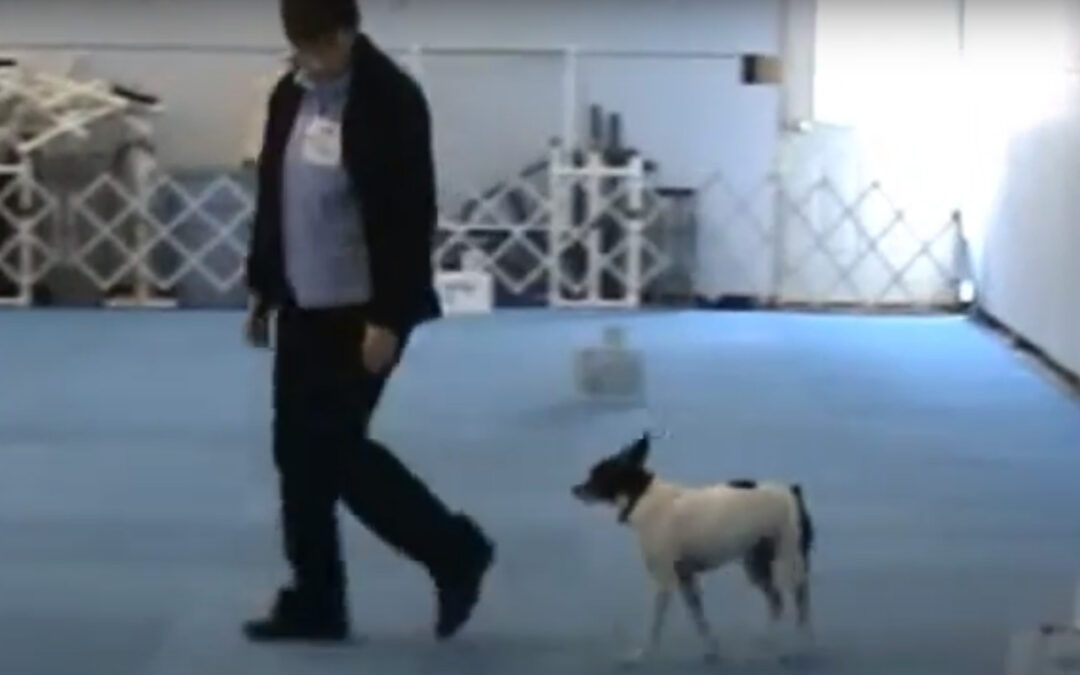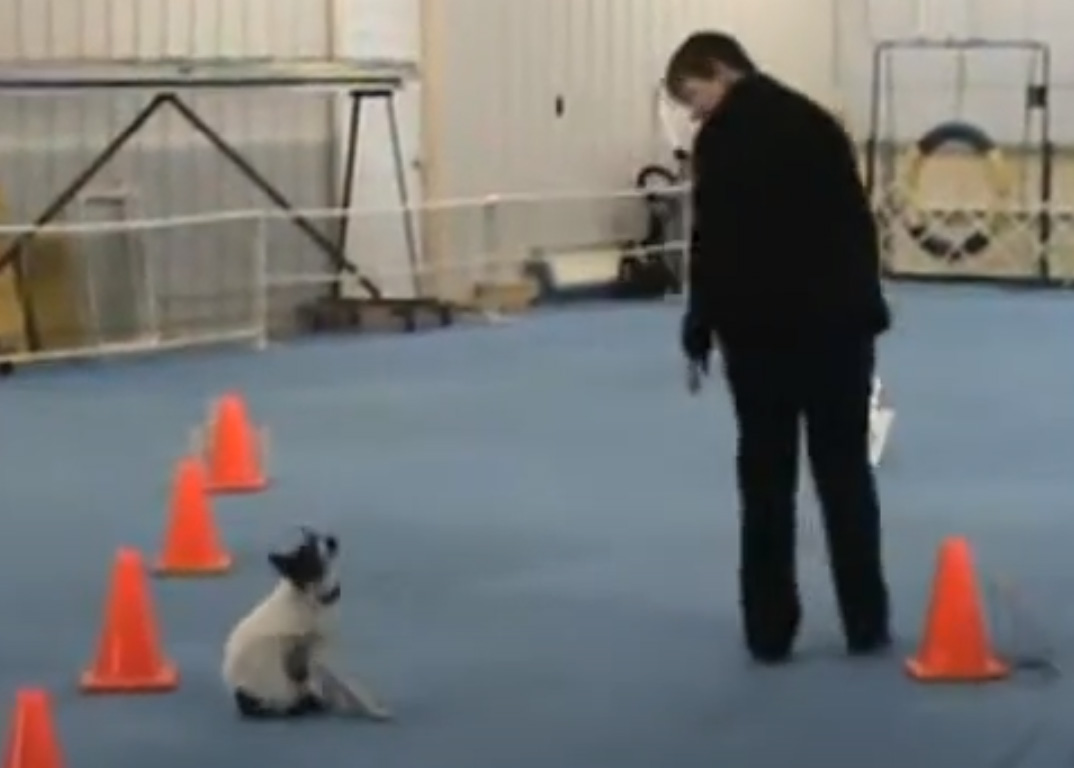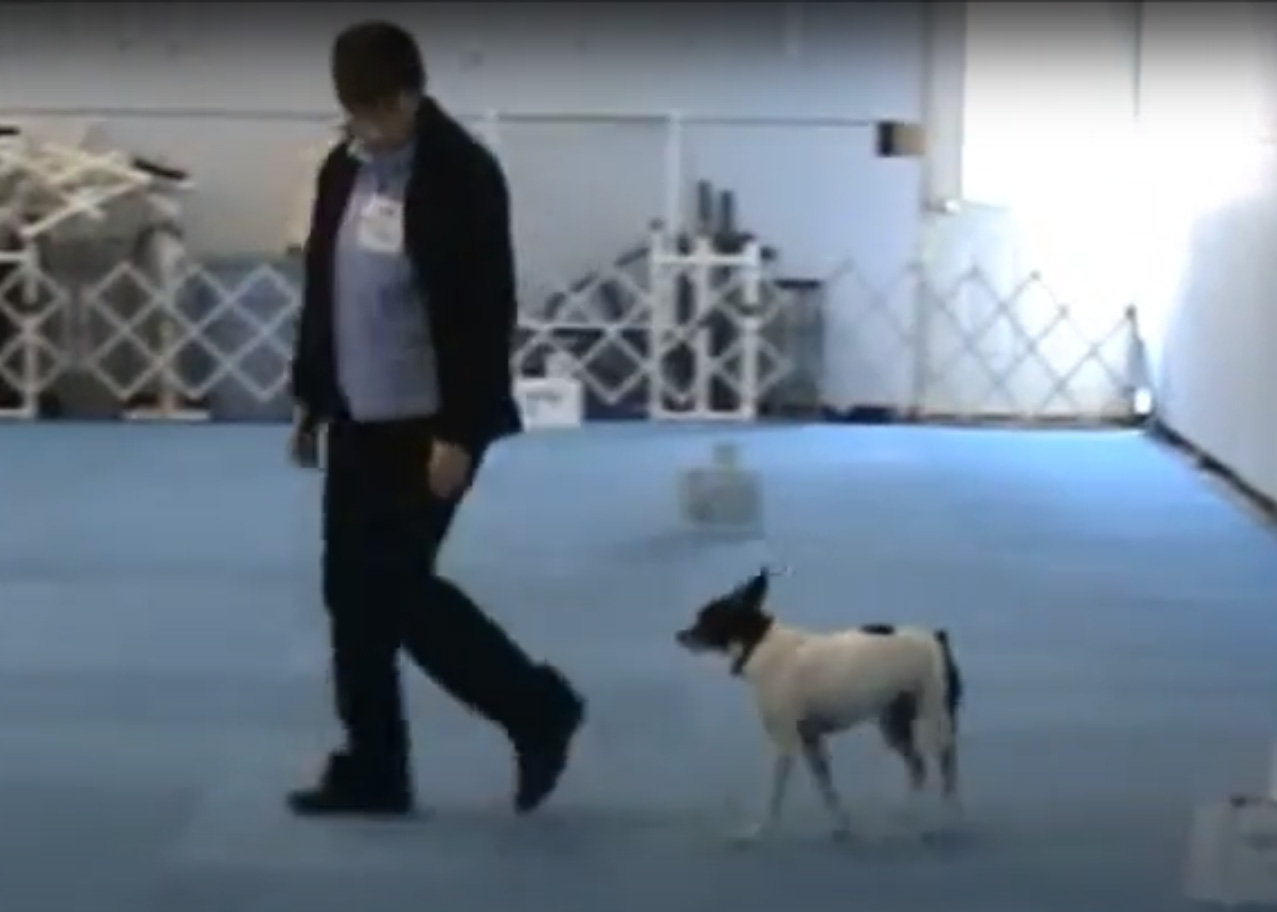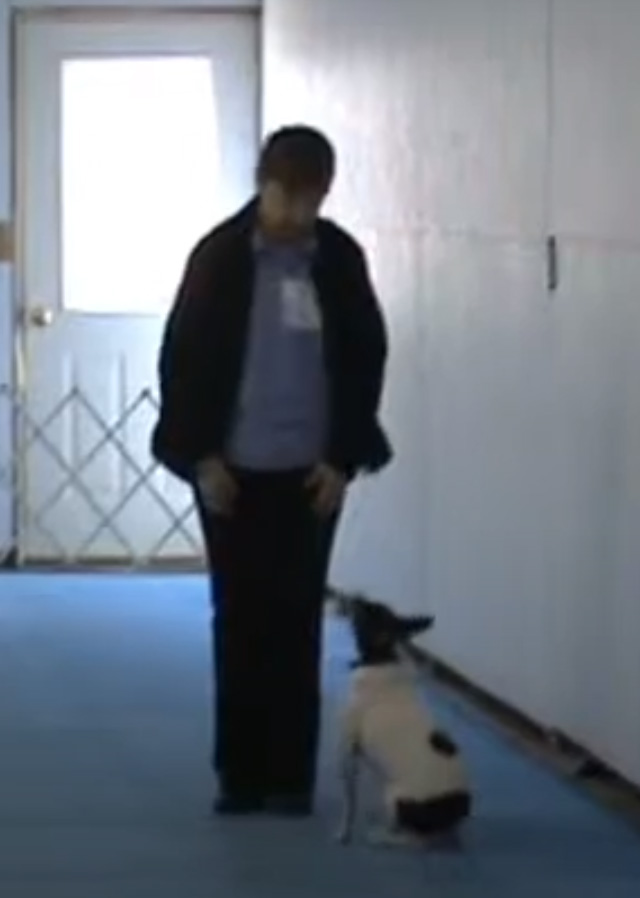
Save those points!
by Marguerite Plank, UKC Senior Rally Judge
Sometimes you’ll hear the Rally judge say at a briefing, “You enter the ring with a perfect score. It’s up to you to keep as many points as you can.”
Primarily, you should have read the rules several times … after all, when you sign the entry form, you affirm that you did indeed read and understand the rules. When I enter rally trials, whether AKC, UKC, or WCRL, I have my rulebook with me at the trials. It’s a good idea to review the signs at your level so you know how they should be performed. Some of them are a little tricky. The time to ask the judge questions is during the walk-through. I’m always happy to help you understand how I expect a sign to be performed and keep most of your points.
Here are a few places where I see people giving back the points they came in with:
- Tight leash. URO1 or Novice classes are on leash. A consistently tight leash (through the whole test), can lose you ALL your points, and failing that run. As a UKC judge, I ding you a point whenever I see tension on a leash … more than just a bop to the end of the leash and back. To avoid those points, you’re free to use your voice or pat your leg to encourage your dog to pay attention and stay close. Be sure to keep a “J loop” in the leash as much as you can. That gives the dog a little more room to be just slightly out of position.
- Crooked sits. In Rally, there are no half-point deductions, as in obedience. So a dog’s sit has to be really crooked to be penalized. If your sit is 45 degrees off “straight,” it’s generally a 1-point deduction, and 2 points for 90 degrees crooked, and even higher for extreme deviations.
- Going on the wrong side of a sign. I don’t see this error quite so often, except maybe in Level 1 and with inexperienced exhibitors. For almost all signs, the handler passes to the left of the sign. The side-step signs are the exceptions. Remember, “The one who is reading the sign is the one closest to it.” Depending on the judge, you could lose 2 or 3 points for passing a sign on the wrong side. That can be very costly if you do that down a whole row of signs!
- No pause. Some signs, especially those that ask you to leave the dog and return to heel, specify there should be a brief pause when you return to heel. How do I define a pause? I look to see if you bring your feet together when you reach heel position and give a slight hesitation before moving forward. It’s at least a point off if you don’t pause … but if you pause when it isn’t specified, I probably won’t deduct anything.
- A retry will cost you 3 points, but it might prevent a non-qualifying run. You only get one retry per sign. I take advantage of UKC’s rule that allows me to call “Fault” if the handler misses a sign or fails to perform a sign correctly. It’s up to you to figure out what went wrong. This is why you should be familiar with all the signs and how they should be performed. Also, pay attention to station numbers to make sure you’re not skipping one by accident.
- Slow response. This is a penalty given if the dog isn’t responding to your commands. Generally, if you give a command and the dog does not respond, then you repeat the command, I’ll mark “SR” on the score sheet. If you really have to beg the dog, it may cost several points. I cut a lot of slack for older dogs who are in motion to comply.
- Dog sniffing the floor. The dog should be paying attention to the handler. Sniffing the floor (or signs, or cones, or food/toy distractions) can be penalized. It’s not just the sniffing, but sniffing often leads to the dog leaving the handler’s side and following his nose. I’m not going to blame nosework training for this. It’s the handlers job to train the dog when it’s appropriate to sniff and when it’s not required.
- Heeling errors. These errors are generally the dog’s being out of the “ideal” position by an arm’s length or more. These include going wide, forging, lagging, and perhaps exploring something in the ring that takes the dog off course.
“Fatal” Errors
There are some events or actions that will result in a non-qualifying run and perhaps having the team be excused.
- Failing a sign with or without a retry. UKC does not have an “IP” 10-point penalty for failing a sign. If you do the sign incorrectly and also do the retry incorrectly, you cannot qualify. Not all judges will use the “Fault” option, so if you do a sign incorrectly and continue, you will likely be NQ’d.
- Prohibited items. Entering the ring with a mobile phone or video recorder on the exhibitor OR the dog will result in excusal.
- Wrong collar type or slip leads. Tags and certain types of collars are not allowed. In Level 1, some exhibitors fail to change collars from the conformation slip lead—that will also result in being excused.
- Dog eliminating in the ring. A steward may hold the dog, but the exhibitor does the clean-up—that’s actually part of the UKC rules.
- Handler touches dog. There are some signs that will allow the handler to assist the dog to stand, if done without force. Pulling the dog’s front feet forward to get it to lie down is not permitted. Neither is taking the collar to redirect or get the dog under control.
- Giving the dog a treat in the ring. I’ve actually seen this, which is why I emphasize reading the rules. That’s definitely a strong “no.” You should not even have a treat in your pockets. Leave them all on the dog’s crate for a reward when you return.
Rally is a fun way to get started in performance competition. Poodles are very smart and love to learn and love to perform. Give it a try!
Thanks are due to Kim Alexander-Thomson, my fellow UKC judge, for her valuable feedback and suggestions.

Dog Not Heeling

Dog Lagging

Crooked Sit
